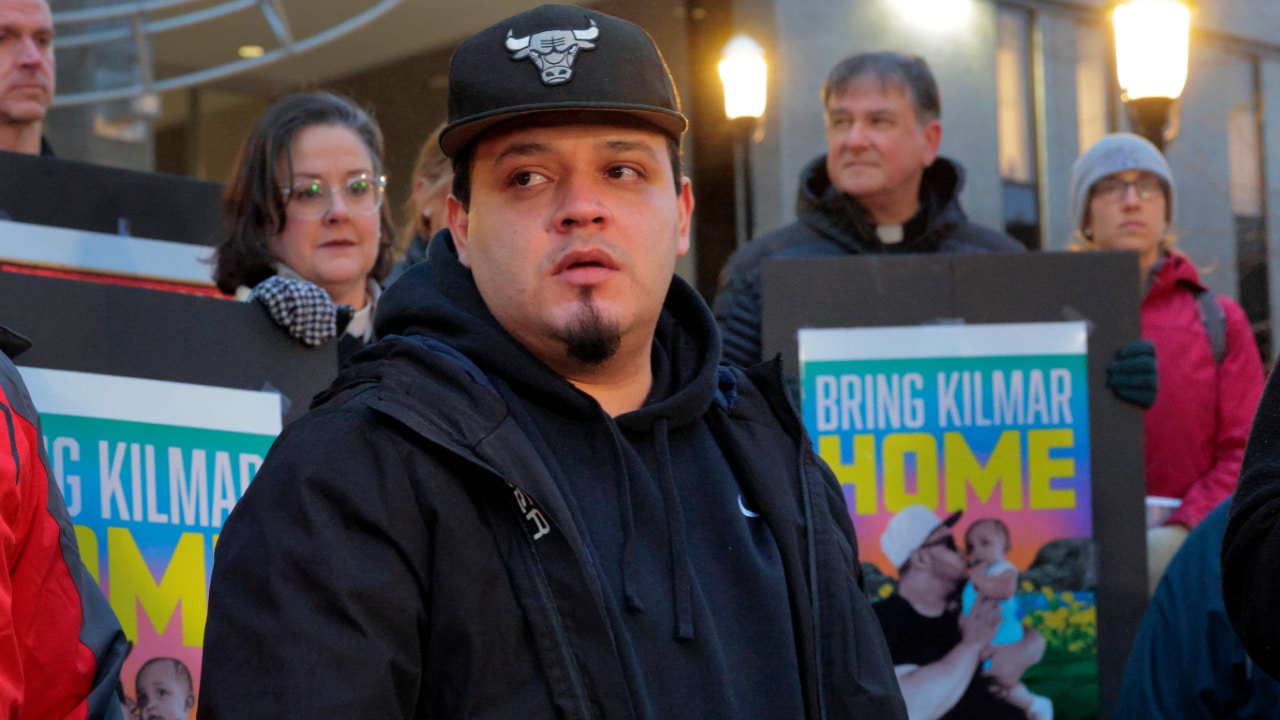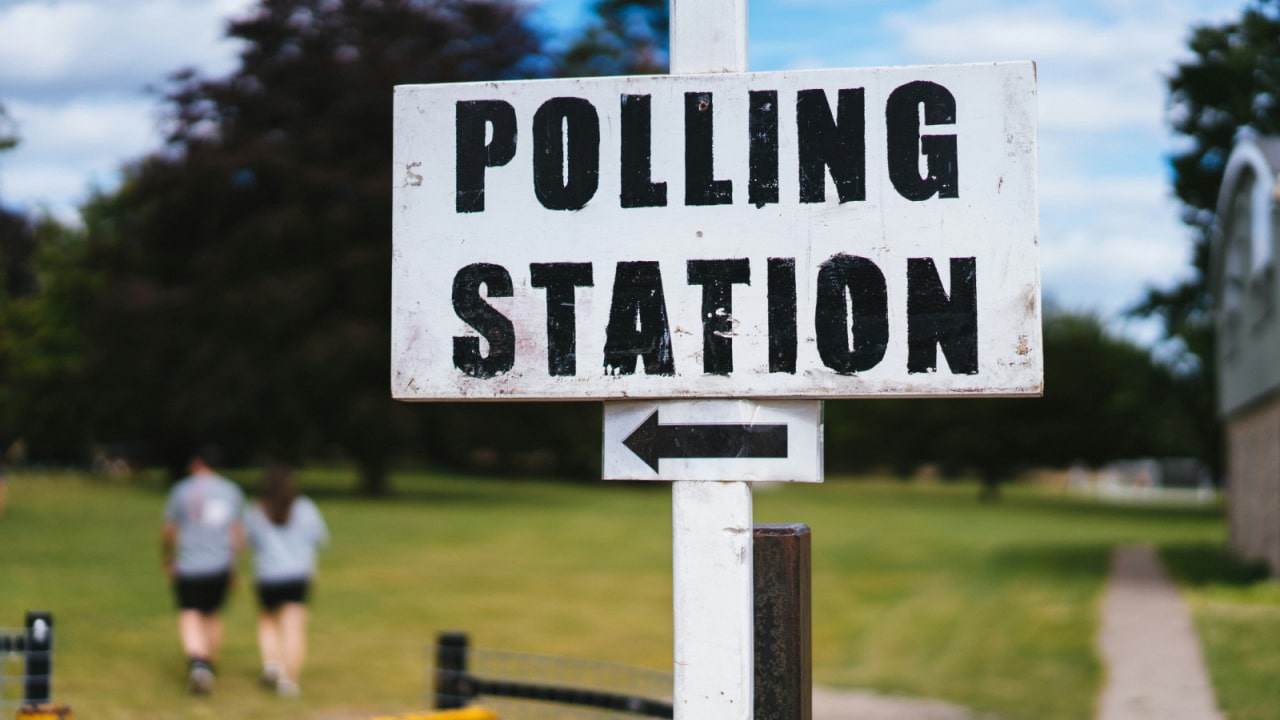Indigenous Guatemalan Migrants Have Created a Thriving Community in a Small Town in Indiana
Photo via Getty Images
A small town in Indiana has been transformed by the recent influx of Guatemalan immigrants who have formed their own community in their new country.
Seymour, the small Indiana town that didn’t even have stop lights 40 years ago, has become what experts call a “mirror city” of San Sebastián Coatán, the Guatemalan city in the province of Huehuetenango. Guatemalan immigrants now makeup over 10% of the town’s population.
Unlike in the past, when Latin American immigrants would settle in big cities like Los Angeles or New York to create their own meta communities, in recent years, the trend has turned so that small cities have become the desired destination for starting a new life.
And for Seymour, the change has breathed new life into a city that was not exactly an economic powerhouse. Seymour has benefited tremendously from the economic boost that these Guatemalan migrants have helped bring.
In Guatemala, the majority of people in San Sebastián Coatán are Chuj people — an indigenous Mayan community. “The Maya are an excluded people in Guatemala,” a Guatemalan-based immigration attorney named Pedro Pablo Solares told National Geographic. “And the Chuj are one of the most excluded from the excluded.”
The first Chuj immigrants started to arrive roughly 20 years ago and quickly found themselves living out the American dream. The Chuj people were drawn to Seymour because of the industries of reasonably-paid unskilled labor jobs available.
The two businesses that employ most of the Guatemalan immigrants are Aisin USA, a car parts manufacturer, and Rose Acre Farms, one of the lead producers of eggs in the U.S. They were able to buy houses and cars and send their children to good schools. They were even able to send remittances to their families struggling in their homeland.
As word spread to their families and friends in their hometown of San Sebastián Coatán about the quality of life in Seymour, more and more families made the journey from their poverty stricken part of Guatemala to a newer, more fruitful life in the U.S.
Since then, they have established a thriving community in Seymour, including sports teams, a church and even a funeral committee that helps raise funds for people’s bodies to be sent back to Guatemala if they were ever to die. The Chuj community in Seymour look out for each other — a lifestyle that is much more enticing to some than any of the exciting lures of big urban cities.
The phenomenon of immigrating to a well-established community of your people in another country is called “community based migration,” and it has always been an aspect of immigration in the U.S. (think of the Chinatowns, Little Italy’s, and Koreatowns scattered across the country).
“That cliché of migrants going to stand at a gas station or a corner to get picked up to go to work is not happening in places like Seymour,” Solares told the National Geographic. “It is much more like the first day you come, there’s going to be a house in which your family, your friends are going to receive you, for no fee. They’re going to help you get on your feet. The first week you rest because of the journey, but you know that the job is waiting for you.”
With community, economic opportunity and the chance for their children to have a better life than they could ever have dreamed in Guatemala, the Chuj people are thriving. And because of that, Seymour is too.




